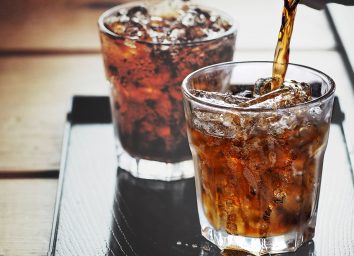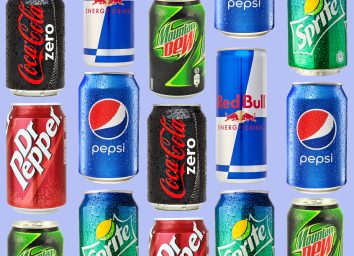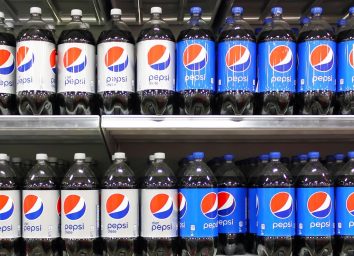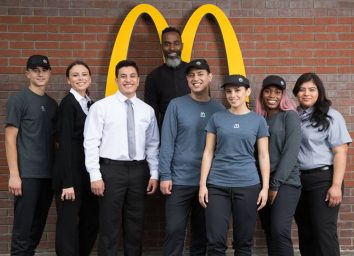Why Coke Tastes Better in a Glass Bottle
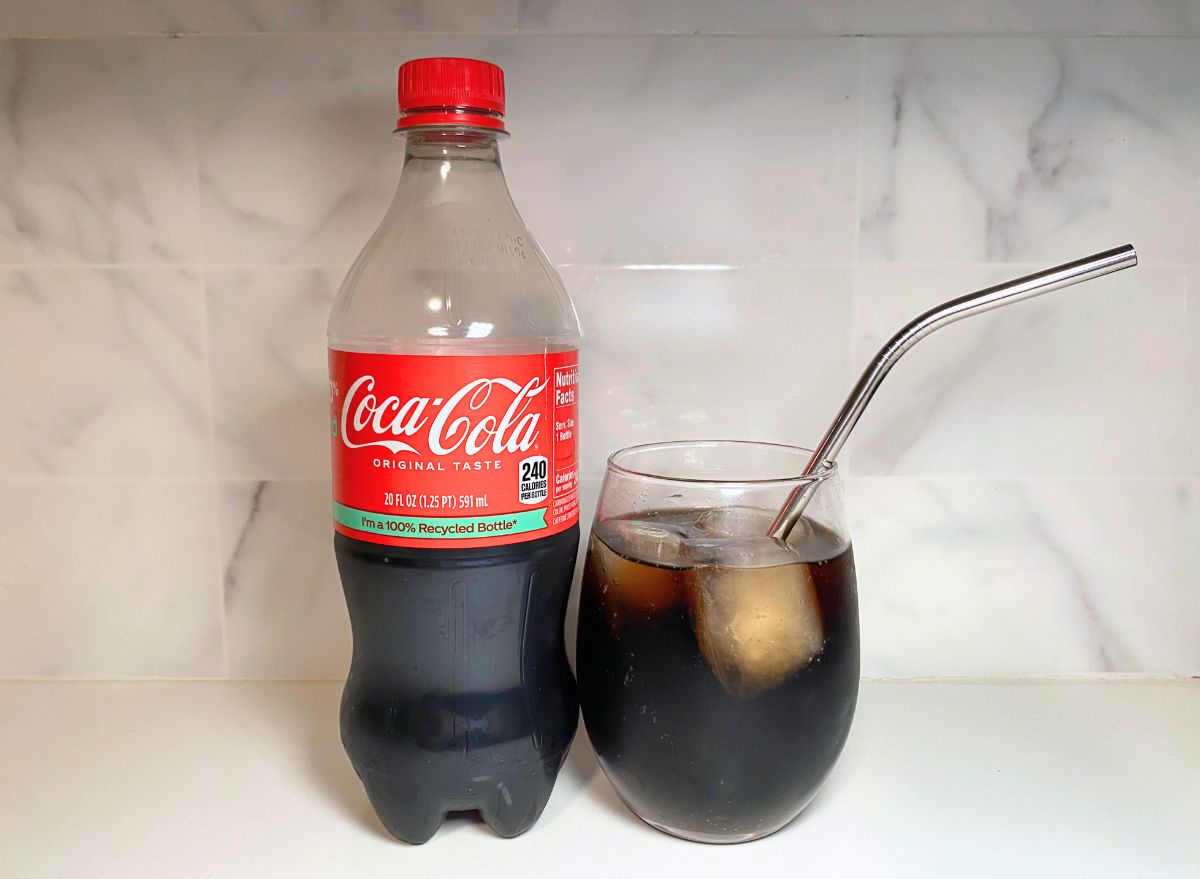
Pop quiz time! (Yes, there's a double-entendre in there.) Can you tell the difference between Coke and Pepsi on the first sip? Do you have a preference between fountain soda and bottled soda? And for the bonus round, do you swear Coke at McDonald's boasts a superior flavor profile?
Well, if you answered "yes" to one or more of the above questions, you not only have a rather refined soda palate, but you're probably curious as to why soda tastes different depending on how it's packaged. You're thirsty for answers, and we've got 'em!
And for more, don't miss these 15 Classic American Desserts That Deserve a Comeback.
The plastic bottle vs. glass bottle debate
First things first, when it comes to this ongoing battle: Soda makers will tell you it's the same recipe, same ingredients, and the same manufacturing process being used, no matter the packaging. Still, a poll of UK Coca-Cola drinkers found 84% preferred the glass bottle, and 79% say that's because it simply tastes better this way. But again, soda makers disagree, insisting that perception of taste is influenced by things like how cold your fizzy beverage is and whether it's poured over ice. That's hard to swallow, though, if you're sure you can tell the difference between a can of soda and a bottle and have a strong preference.
Sara Risch, a food chemist, has inferred that you can go ahead and trust your taste buds. Companies try to squelch any reaction packaging might have on soda by lining cans with polymers. But, the polymer lining aluminum soda cans could absorb flavors. When it comes to plastic bottles, soda drinkers might find that some of the acetaldehyde transfers over into the drink, affecting the flavor. While the FDA regulates chemical contact, even trace amounts might have an impact on flavor, explains Popular Science. This explains why soda may taste best from a glass bottle, as there aren't any reactions affecting the flavor profile.
And what about fountain soda?
Now, you might be wondering exactly how this specific type of the fizzy drink factors into the discussion. With fountains, there aren't the same reactions that come into play like soda in cans or plastic bottles, but there are a lot of variables that can affect the taste. If you've ever worked in a restaurant (I have!), you're probably familiar with the "bag-in-box" soda syrup that's hooked up to the fountain soda machines. For the uninitiated, though, soda fountain systems typically mix water and syrup at a 5 to 1 ratio, but some restaurants may tinker with that, which is why you may prefer to get your soda fix at one restaurant over another.
For example, McDonald's says it follows the guidelines that Coca-Cola gives them. But, the Coca-Cola syrup is pre-chilled before entering the fountain dispensers, with the ratio of syrup set up to allow for ice to melt. Another factor that could affect the taste of fountain soda? The water that's mixed in with the syrup and the carbonation.
See, soda machines at the Golden Arches, for example, use filtered water to keep the taste of its fountain drinks consistent. If the water mixed with the syrup isn't filtered, your soda could taste different depending on where you are in the country. Like wine, water has terroir, which lets you actually taste the region and depth from which it comes, according to water sommelier Martin Riese.
The folks over at Mickey D's are self-aware and know consumers love their Coca-Cola, so much so that on the restaurant's FAQ page, they address the topic. The question "Why does the soda at McDonald's taste so good?" is actually listed and answered. The straws at McDonald's are wider than those at most restaurants and fast food spots, so that could be helping with flavor distribution, the fast-food chain acknowledges. Also, The New York Times points out that Coke gives McDonald's special treatment, delivering its syrup in stainless steel tanks to keep it extra-fresh. McGenius, right?
Now, the next loaded question: Do you call it "soda," "pop" or "Coke?" That's a whole other discussion…
And for more, check out these 108 most popular sodas ranked by how toxic they are.
